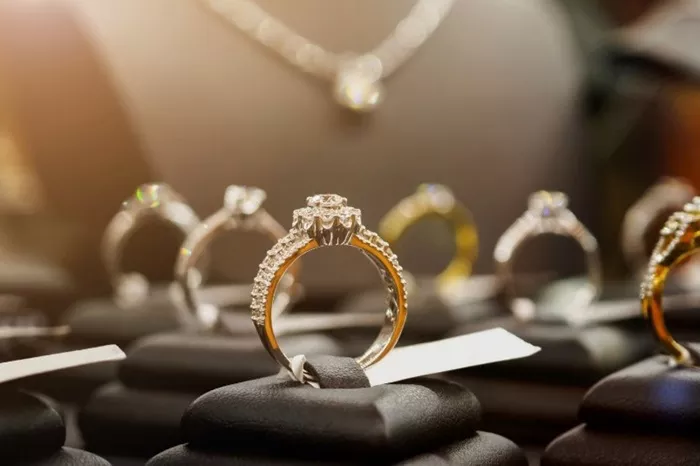Armenia’s foreign trade experienced a significant downturn in the first four months of 2025, largely due to new regulations imposed by the Kremlin on the import and export of Russian gems and precious metals through Yerevan. According to data released by the Armenian News Agency on June 9, Armenia’s total trade volume during this period fell sharply to \$6.3 billion, marking a 53% decrease compared to the first half of 2024. This steep decline is primarily attributed to a dramatic reduction in the volume of gems and precious metals — particularly diamonds and gold — crossing Armenia’s borders.
From January to April 2025, Armenia imported approximately \$740 million worth of gems and precious metals and exported \$863 million. This is a stark contrast to the figures from 2024, when Armenia’s imports of gems and precious metals totaled \$7.4 billion and exports reached around \$8 billion, collectively representing about half of the country’s total trade value of \$30.2 billion that year. The scale of this trade underlines the critical role that gems and precious metals have played in Armenia’s overall trade portfolio in recent years.
Analysts widely believe that the major cause behind this dramatic shift lies in changes to Russia’s tariff policies within the framework of the Eurasian Economic Union. These policy adjustments have substantially altered the flow of goods between Russia and Armenia, leading to a sharp decline in gem and precious metal imports and exports through Yerevan. The relatively small difference between Armenia’s imports and exports in dollar terms suggests that the country has primarily functioned as a transit hub in this trade sector, rather than as a significant producer or value-adding manufacturer. Armenia’s role has largely involved importing raw diamonds, gold, and other precious materials, which are then re-exported without substantial domestic processing into finished jewelry or other products.
This transit function has allowed Armenia to significantly boost its trade volume, but it has also enabled Russia to generate revenues while circumventing international sanctions. By channeling goods through Armenia, Russian companies and traders have found a way to maintain access to global markets despite the ongoing geopolitical pressures. This dynamic has been a crucial factor in sustaining the flow of high-value commodities like gems and precious metals out of Russia during a period of international economic restrictions.
The dominance of gems and precious metals in Armenia’s foreign trade began to intensify in 2022, coinciding with Russia’s unprovoked invasion of Ukraine. Since that year, the majority of Russian-origin gems and precious metals imported into Armenia have been re-exported to key international hubs, primarily the United Arab Emirates and Hong Kong. These destinations serve as major centers for trading and processing precious stones and metals, facilitating the further distribution of these goods into global markets.
The shift in Armenia’s trade patterns reflects broader regional economic and political developments linked to Russia’s actions and the international response. As a member of the Eurasian Economic Union, Armenia has been caught in the complex interplay of trade policies and geopolitical strategies that have reshaped supply chains and trade routes across Eurasia. The new Kremlin regulations have highlighted Armenia’s vulnerable position as both a transit point and a participant in the regional economy, with substantial implications for its trade revenues and economic stability.
In summary, Armenia’s sharp decline in foreign trade volume during early 2025 can be largely traced back to regulatory changes imposed by Russia that disrupted the country’s pivotal role in the gems and precious metals market. The trade downturn underscores Armenia’s function as a transit hub rather than a value-adding producer, as well as the continuing impact of geopolitical tensions on regional trade flows. With the majority of these valuable commodities destined for international markets like the UAE and Hong Kong, Armenia’s future trade performance will likely depend on how it navigates these evolving economic and political challenges within the Eurasian framework.
Related Topics:
Traders Await U.S. Jobs Data as Gold Holds Steady
Central Banks Drive Gold’s Record Bull Market Amid Secrecy
Gold Rises Amid U.S.-China Trade Uncertainty and Inflation Data

